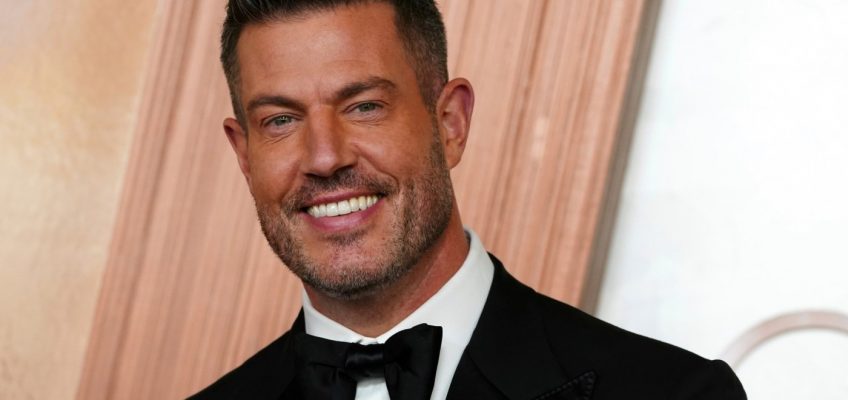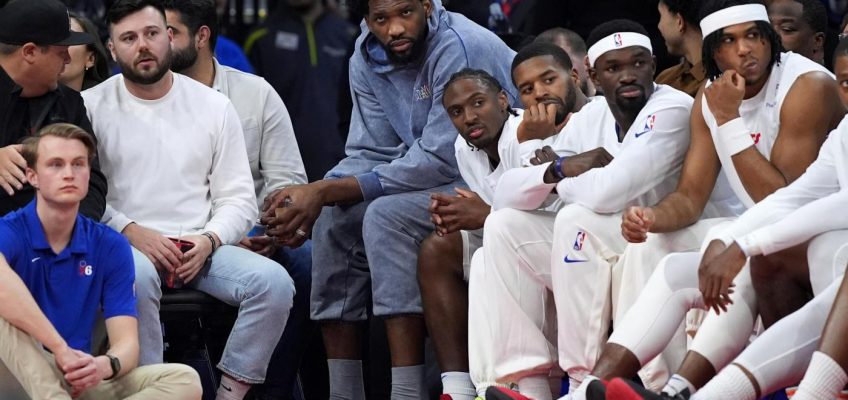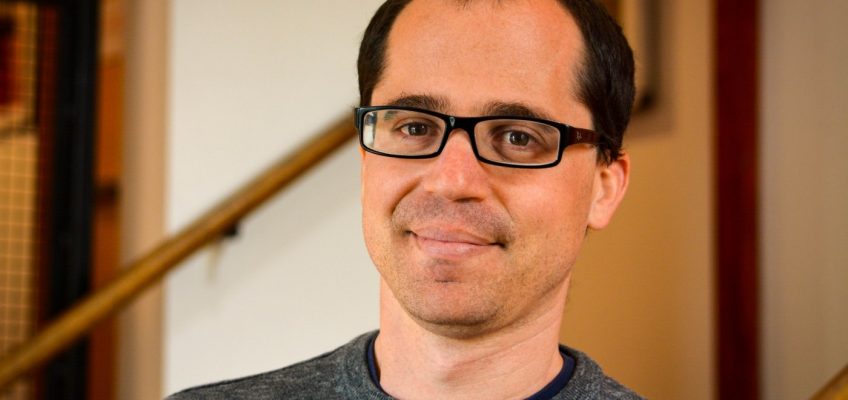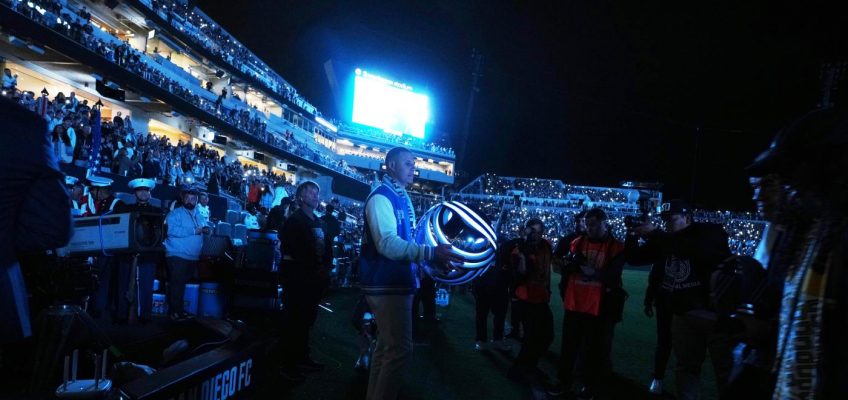PHILADELPHIA (AP) — Joel Embiid is done for the season, at last shut down following the lingering effects of knee surgery.
The final answer on the perpetual will-he or won’t-he play tonight question that canvassed the 76ers’ season came Friday when the Sixers said Embiid was “medically unable to play” and will focus on treatment and rehabilitation of his left knee.
Uncertainty, however, remains in Philadelphia.
Is Embiid finished for good? At the very least, as a productive All-Star player?
Are the 76ers faced with years of mediocrity or worse with fat contracts tied to aging, unproductive players all while facing the possibility of losing a first-round pick this season?
There are no easy answers for team president Daryl Morey headed into the offseason and Embiid’s uncertain future only complicates any potential long-term success for the Sixers.
“Not what we hoped,” coach Nick Nurse acknowledged Saturday night.
This setback was the latest in a steady string of them with Embiid since the 76ers made him the No. 3 overall pick in the 2014 draft.
What’s wrong with Embiid?
Embiid’s career has been ravaged by injury — a bone bruise here, a meniscus tear there, a busted orbital bone, a sprained shoulder, tendinitis, torn ligaments, even Bell’s palsy — over a career that started with him missing his first two full seasons.
The latest one: Embiid had meniscus surgery on Feb. 6, 2024, after he was injured when Golden State’s Jonathan Kuminga fell on the 7-footer’s left leg. Embiid returned in time for the playoffs, where the 76ers were eliminated by the Sixers in the first round.
Embiid never fully recovered from the knee injury, and he played only 19 games this season.
Nurse said Embiid didn’t have a setback from the knee surgery, it simply never got back to 100% for the 2023 NBA MVP.
“It felt good at times, it felt not as good at times,” Nurse said. “It’s been kind of an up-and-down thing. It gets to the point where it feels a little bit better and he can go play. Then it swells up again and it doesn’t feel that good and he can’t play as well, can’t move as well.”
Embiid could still opt for surgery if rest and rehab doesn’t work and any invasive procedures on his knee could cost him a significant amount of time next season.
What’s next for the 76ers?
The short answer is the same process that got Embiid to the 76ers: Tank.
The 76ers’ first-round pick is top-six protected or else it goes to the Oklahoma City Thunder. The Sixers race to the bottom took a hit when they snapped a nine-game losing streak and beat Golden State on Saturday.
The 76ers are 21-38 headed into Monday’s game against Portland. There are six teams ahead of them with worse records but the Sixers could pass Toronto and Brooklyn with a collapse down the stretch.
The bigger concern for the Sixers is the financial hit.
With no real reason to offer one other than goodwill, the 76ers signed Embiid to a three-year extension before the season, locking him in to four more years at $248.1 million in guaranteed money. The 76ers could get salary cap relief if Embiid’s injury is considered career-ending but that decision can be kicked far down the road.
The Sixers signed Paul George and Tyrese Maxey to $400 million worth of contracts over the summer that — along with Embiid’s contract — puts the franchise on the hook for $146 million in total payroll next season. That leaves the Sixers with little financial flexibility in the offseason and without much talent on the roster from those that stick around.
George turns 35 in May and he’s been riddled with injuries and ineffectiveness in his first season in Philly.
Should he have played in the Olympics?
Embiid conceded this season he didn’t give himself enough time to recover from his knee surgery — and that can be blamed in large part on his decision to play for Team USA in the Olympics.
The 76ers publicly supported Embiid last season in his decision to go for gold (which USA won) but had little input on the decision. Embiid had his moments in the Paris Games but was mostly along for the ride and on the bench when Steph Curry went 3-point crazy in the gold-medal win over France.
Team USA coach Steve Kerr deflected questions on Embiid’s health during the Olympics ahead of the Warriors’ game against the 76ers.
“We’re just playing,” Kerr said Saturday night. “Ultimately, it’s a decision the player has to make.”
Embiid’s legacy
Embiid turns 31 this month, and, given his age and his overall physical condition, it’s absurd to think he can ever regain his MVP form. His career scoring average of 27.7 points ranks only behind Michael Jordan, Wilt Chamberlain and Luka Doncic on the career list. He dropped 70 points. Won an MVP and two scoring titles. He was a five-time All-NBA selection.
Just on those accolades alone, Embiid would seem destined for the Hall of the Fame. Whether he’s destined for a championship ring, however, is a thought that fades with every extended absence.
Embiid is the only NBA MVP who has never led his team beyond the second round of the playoffs. The Sixers have five second-round exits and were twice eliminated in the first round in his tenure. In a Game 7 loss in the the 2023 East semifinals in Boston, Embiid managed just 15 points on 5-of-18 shooting and he missed all four 3-pointers.
He has never played in more than 68 games in a season and only topped 60 three other seasons.
His absences cloud the legacy of a player who — as elite as anyone in the league when he’s at his best — simply hasn’t shown the durability, in both games played and overall greatness over a decade-long career, required to stamp himself an all-timer.
Don’t rule out the Hall quite yet. Big men Yao Ming, Ralph Sampson and Bill Walton all posted inferior NBA numbers to Embiid over injury-shortened careers (though with great cultural impact) and still made it to Springfield.




